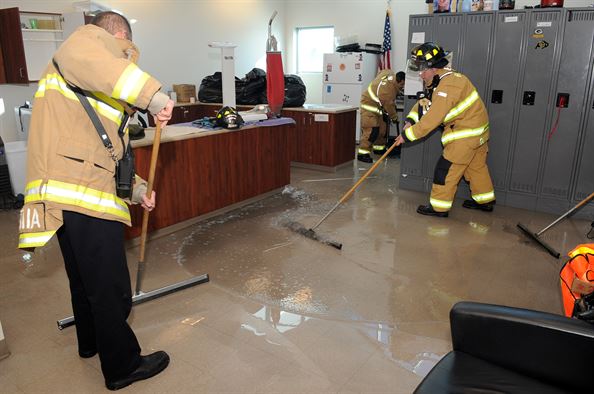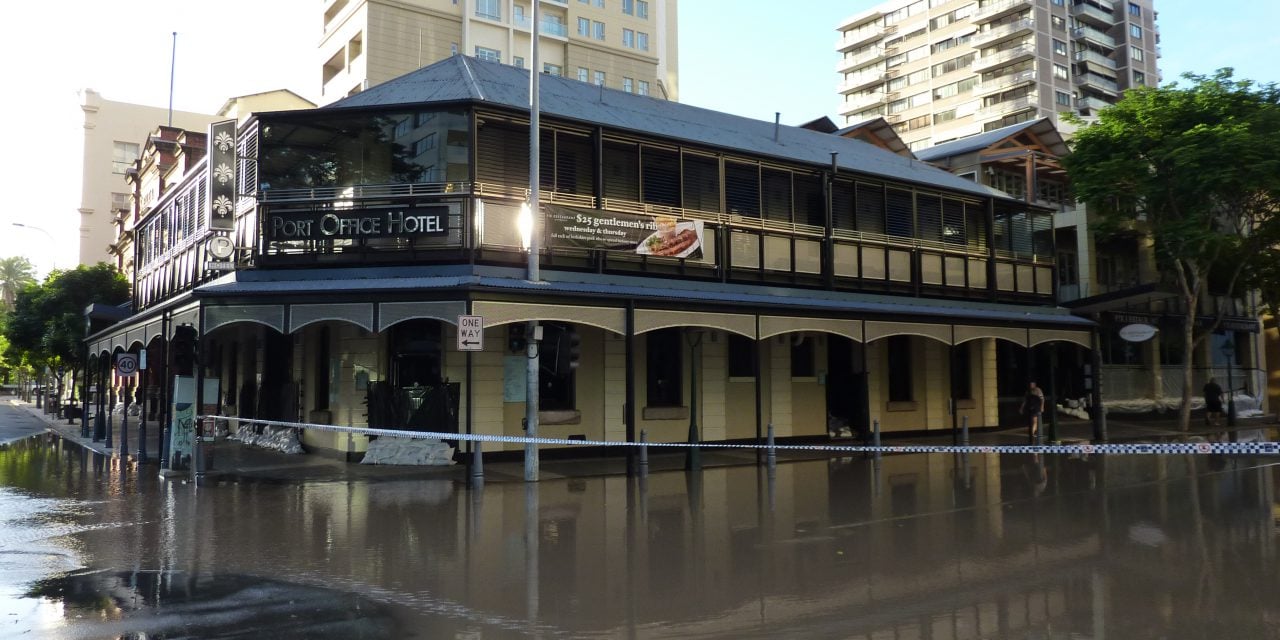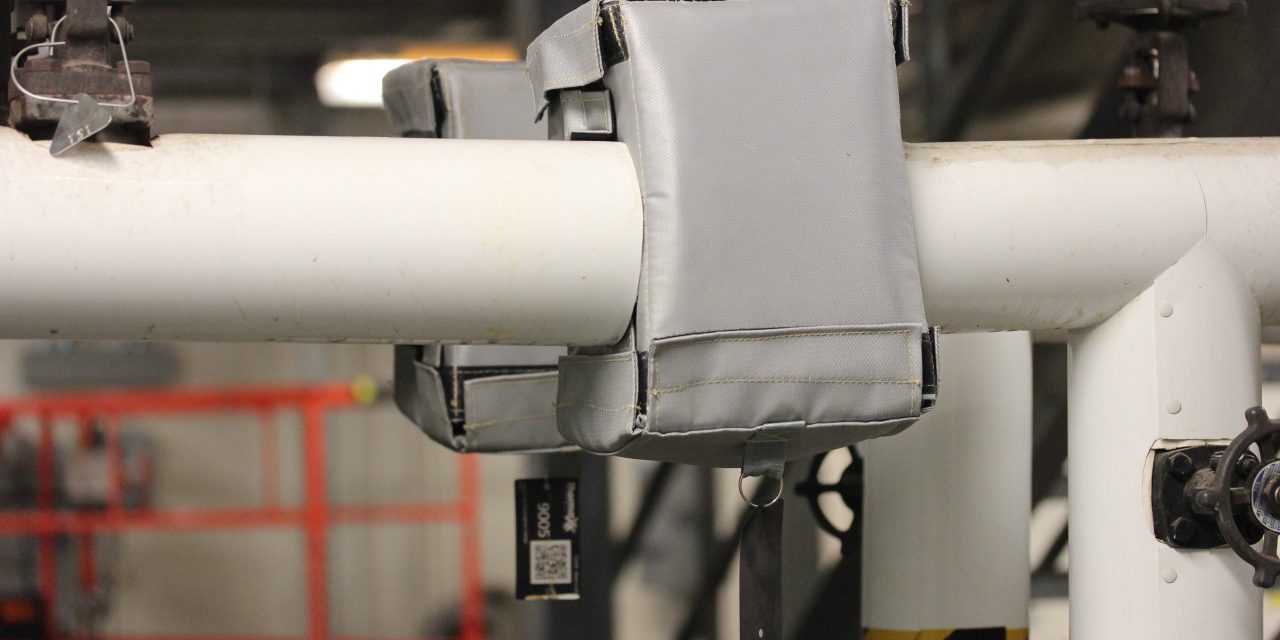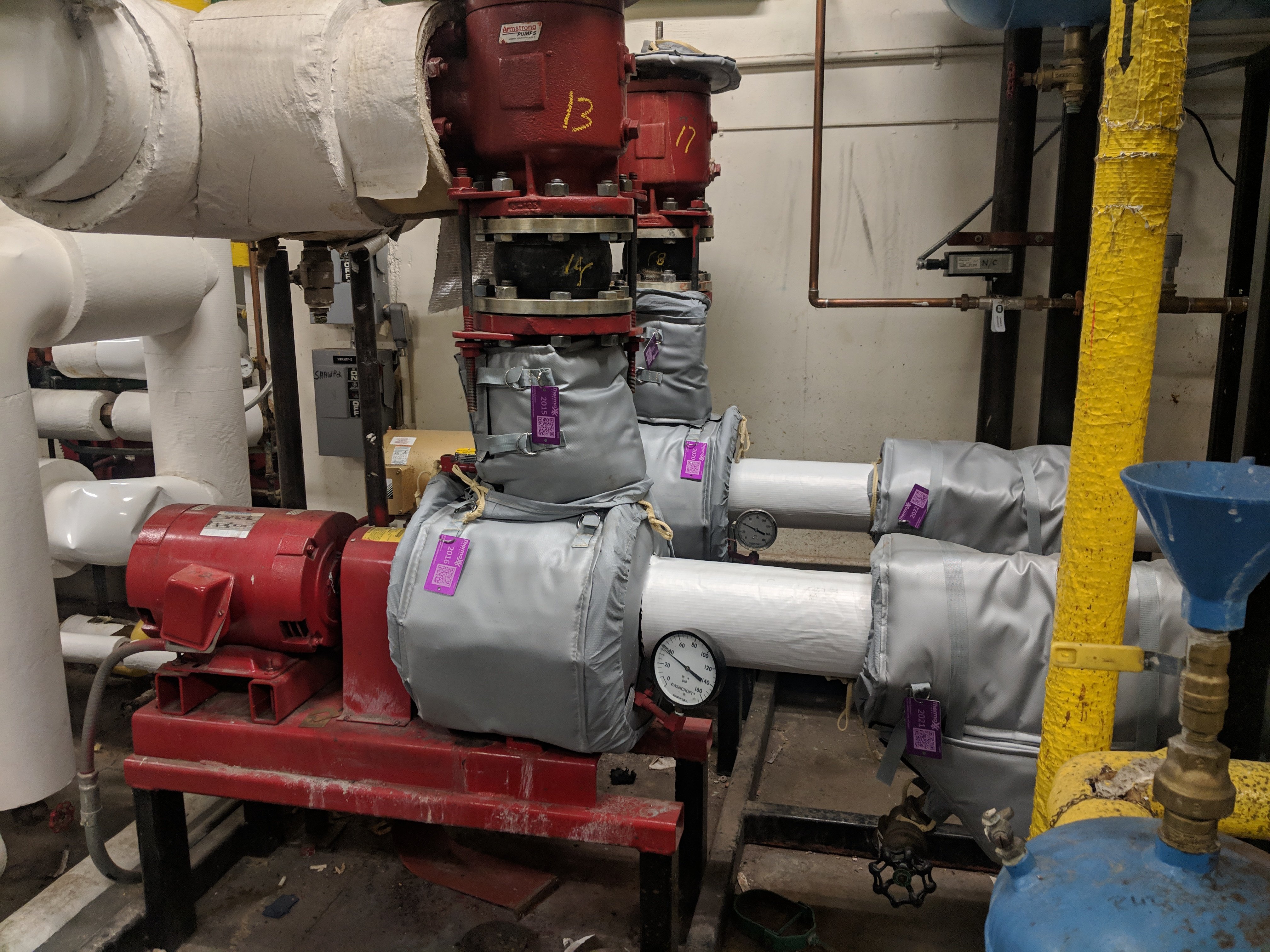Repairing Water Damaged Insulation From Hurricanes, Floods & Storms
The insulation industry has seen dramatic changes in the past 50-100 years. It is responsible for keeping our houses and offices warm or cool on a daily basis. For most of the 1900’s asbestos, “the miracle rock” was the number one material used to insulate just about anything you can think of. In fact, if a building was built before 1981, it is categorized as an asbestos containing building. Obviously as time went on, the public learned about the dangers of asbestos and eventually the government made it illegal. So now there are hundreds of asbestos removal companies around the country, removing asbestos and replacing it with a safer alternative, fiberglass insulation.
What Does Building Insulation Do?
Buildings or homes that are properly insulated will have energy costs that are an average 40% less than a building or home without insulation. However if the insulation gets wet, forget about the 40% savings. A casual rain storm or thunderstorm shouldn’t do much damage, if any, to an average home or office. As long as there are no leaks on the roof or the walls, the insulation should remain perfectly functional and intact. Unfortunately, for all of the states that borders an ocean, it is hurricane season. Hurricanes are clearly not your average thunderstorm. They are extremely destructive storms that will completely ruin homes and offices due to flying debris from the high speed winds and flooding from the storm surge. Fiberglass doesn’t stand a chance against those conditions.

Fiberglass insulation’s number one enemy is water!
Fiberglass is made from water and recycled glass, so the fibers themselves won’t absorb water. However when water gets into the air pockets of fiberglass insulation, it reduces the performance of the insulation because water is a heat conductor. So when the heat presses up against the insulation, the water will push the heat right out of your home. Or if it is the summer, bring the heat into your home. Once that happens, say goodbye to those savings. Fiberglass insulation is also chemically bonded together so when the chemicals get wet, they start to fall apart and the insulation gets broken into small pieces. This makes it useless and a pain to clean up!
Overlooked Repair Needs
One of the most commonly forgotten things to repair after a hurricane, especially for business owners, is pipe insulation. Most pipes are in the ground or in the basement, making it a target for flooding. So odds are during a hurricane, the pipe insulation was getting destroyed. Since the insulation is wrapped in a special tape and glued tightly onto the pipe, the removal of it would take some work. Leaving a business owner two options when preparing for a hurricane. Either let the hurricane destroy the insulation or remove the insulation before the hurricane comes. But once fiberglass is removed from a pipe it can’t be put right back on. Cutting the insulation would do damage to the structure of it. So if someone were to tape and glue the insulation back on the pipe, it wouldn’t function properly.

A Steam Trap Insulated by Thermaxx Jackets
Thermaxx, LLC is a manufacturing company out of West Haven, Connecticut. We make removable insulation jackets using fiberglass and Pyrogel. Pyrogel is a type of insulation that is completely hydrophobic. So water flows right through it and the structure of it will never have water damage. Thermaxx takes the fiberglass or Pyrogel and wrap it in a heat resistance fabric made out of Silicone or Teflon. We add some Velcro to the Silicone or Teflon and a couple nylon straps that get strapped together using D-rings. The purpose of making an insulation jacket is not only because it saves energy, but the jacket is removable. So now when a business owner is preparing for a hurricane, he can simply unstrapping the jacket and moving it to a safe place. When the storm is over the jackets can get put right back on. To learn more about our waterproof insulation solutions, check out this article!
If you’ve been affected by a hurricane, please contact us to discuss our removable insulation solutions.
Categories
- removable insulation
- thermaxx jackets
- energy savings
- savings
- energy efficiency
- safety
- pipe insulation
- energy
- case study
- insulation materials
- thermal insulation
- heat loss survey
- heat loss
- energy loss
- hot insulation
- fiberglass
- installation
- steam
- New York
- custom insulation
- NYC Case Study
- boiler
- university
- Connecticut
- reusable insulation







